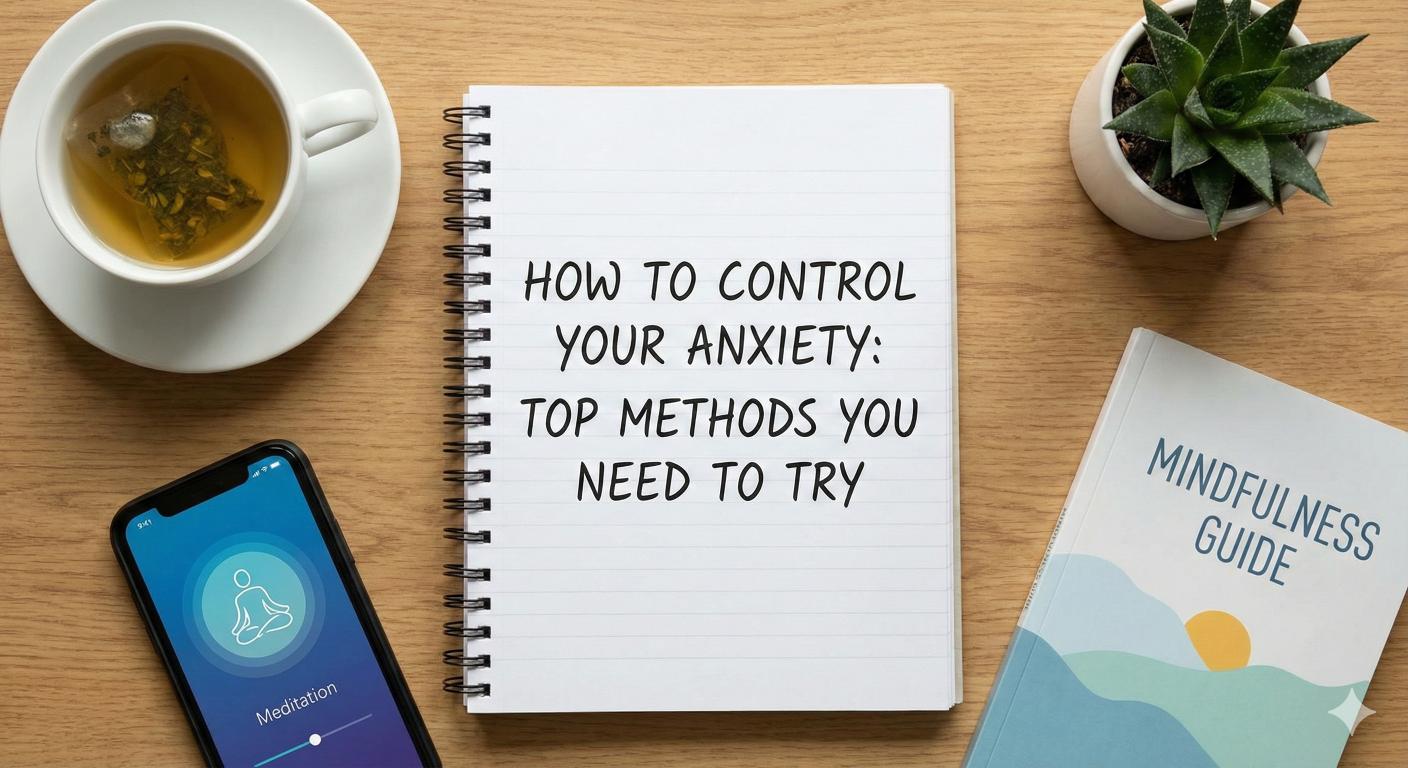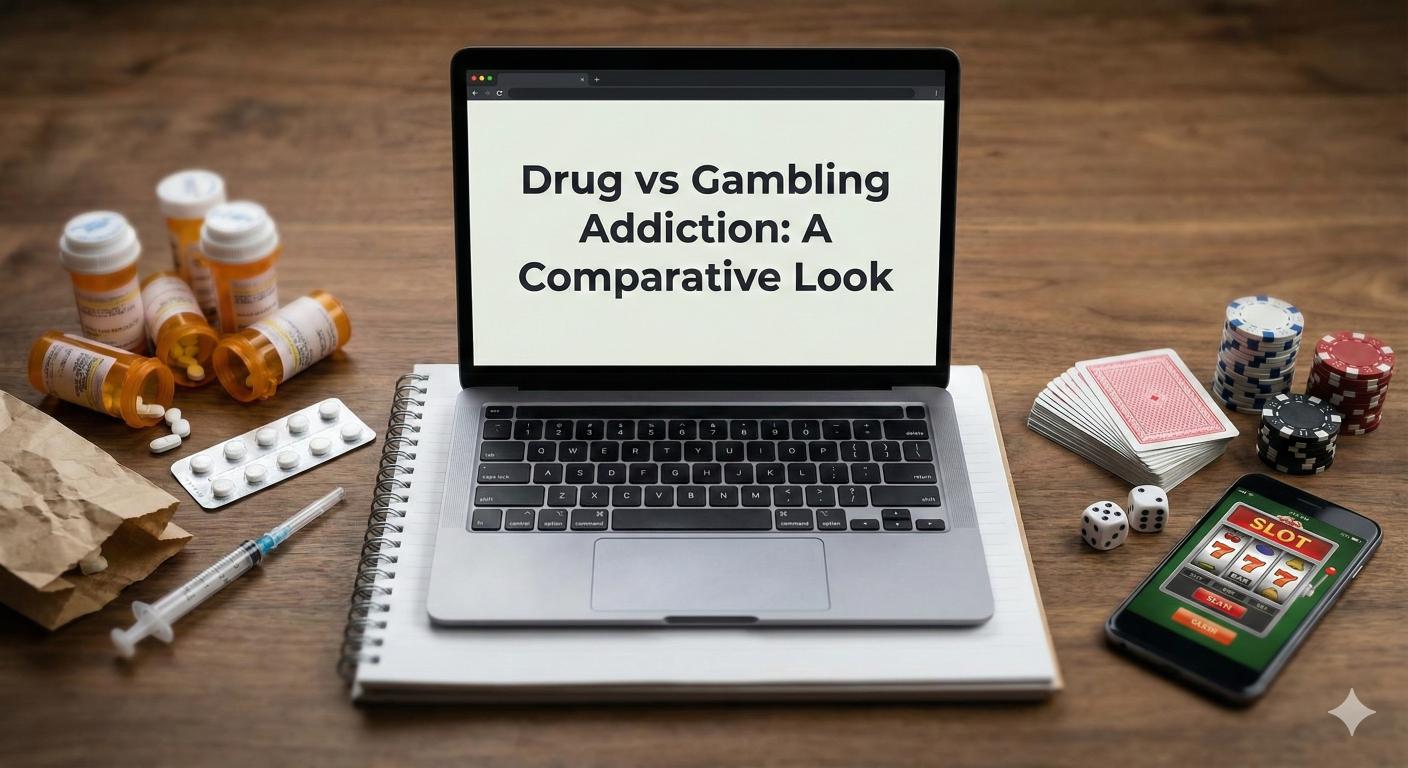Exercises Role in Eating Disorder Recovery
Discover the role of exercise in eating disorder recovery and learn safe, mindful movement techniques.


Exercise in Eating Disorder Recovery
Recovery from eating disorders involves a multi-faceted approach, where exercise can play a supportive role. Understanding the importance of exercise and how to start safely is crucial for individuals on this journey.
Importance of Exercise in Recovery
Exercise can enhance physical and mental well-being, yet it must be approached with caution during eating disorder recovery. Individuals recovering from eating disorders are encouraged to resume exercise intentionally, with multidisciplinary support, and by considering various complex factors of eating disorder recovery [1]. Establishing a structured plan is vital, as exercise in recovery can undermine progress both physically and emotionally. Eating Disorders Victoria suggests that even incidental exercise should be reduced during recovery as it can be just as detrimental.
The following table summarizes key benefits of exercise in recovery:
Benefit of ExerciseDescriptionImproved MoodPhysical activity can increase endorphin levels, enhancing mood and reducing anxiety.Enhanced StrengthGradually returning to exercise can help rebuild physical strength lost during the eating disorder.Better Body AwarenessMindful movement can foster a positive connection between mind and body.
Starting Exercise Safely
Initiating exercise should be a gentle process aligned with recovery goals. Knowing when, how, or if to return to movement should be decided in consultation with a treatment team. This ensures that individuals are both physically and emotionally ready. Returning to physical activity should align with recovery objectives and encompass a balanced approach [2].
In the early stages of recovery from an eating disorder, it may be recommended to take a break from exercise to allow the body to heal before gradually reintroducing physical activity as part of the recovery process [1]. Establishing clear parameters for exercise with the treatment team and communicating challenges, progress, and goals throughout the routine is essential [1].
To ensure a safe and supportive environment during this process, it may be helpful to consider the following factors:
ConsiderationsDescriptionIndividual NeedsTailor exercise plans to meet personal recovery goals and avoid comparing oneself to others.Professional GuidanceWork with health professionals to adapt exercises and monitor emotional responses.Mindfulness FocusIncorporate mindful practices to enhance body awareness and self-compassion during exercise.
By approaching exercise thoughtfully, individuals in recovery can integrate physical activity as a positive part of their healing journey. For more information on supporting individuals in recovery, consider exploring nutritional rehabilitation in eating disorder recovery and intuitive eating: a non-diet approach to recovery.

Mindful Movement Approach
Exercise can play a significant role in the recovery from eating disorders when approached mindfully. The focus on mindfulness and self-compassion helps individuals reconnect with their bodies in a healthy way, breaking the cycle of obsessive thoughts and negative interactions with exercise.
Embracing Mindfulness in Exercise
Mindfulness in exercise encourages individuals to pay attention to their physical sensations, emotions, and thoughts during any physical activity. This practice allows one to experience movement as a form of self-care rather than a means to an end, such as calorie burning or weight control.
By engaging in mindful movement, individuals in recovery can cultivate a sense of awareness and presence. Research indicates that individuals fully recovered from an eating disorder reported less guilt associated with missed exercise sessions and fewer obsessive thoughts related to exercise compared to those still struggling with eating disorders [3]. To support this effort, establishing exercise practices that prioritize enjoyment and flexibility can significantly benefit mental health.
Focus on Self-Compassion
In the context of recovery, self-compassion is essential in reshaping one’s relationship with exercise. Establishing exercise goals should be centered around self-care rather than performance. Individuals are encouraged to enjoy the present moment and to practice kindness towards themselves in cases of missed workouts or lower-than-expected motivation. This approach aligns with the recommendations suggesting that exercise goals in recovery focus more on self-compassion and self-care rather than achievement [1].
Practicing self-compassion can combat negative self-talk and diminish anxiety about maintaining rigid exercise schedules. As individuals build a more positive relationship with movement, they may embrace varied forms of physical activity that nurture rather than punish the body.
Moreover, as individuals consider returning to exercise, it is important to do so under the guidance of their treatment team. This support is crucial as people manage the complex factors associated with eating disorder recovery. Starting with gentle, pleasurable forms of movement can create a foundation for a healthier, balanced approach to exercise.
By integrating mindfulness and self-compassion into exercise routines, individuals recovering from eating disorders can redefine their movement practices and foster a more positive experience. For further insights into the various aspects of recovery, individuals can explore related topics such as nutritional rehabilitation in eating disorder recovery and intuitive eating: a non-diet approach to recovery.
Structured Exercise Plans
Creating structured exercise plans is a vital component in supporting recovery from eating disorders. Establishing clear parameters for exercise and communicating progress and challenges can help ensure that individuals prioritize their health while engaging in physical activity.
Establishing Clear Exercise Parameters
Setting clearly defined exercise parameters is beneficial when incorporating movement into eating disorder recovery. It is important for individuals to work with their treatment team and loved ones to develop a tailored exercise plan. This collaboration encourages safe and effective participation in physical activities.
Key components of effective exercise parameters include:
ComponentDescriptionType of ExerciseLow-intensity activities such as walking, yoga, or light stretching should be prioritized.DurationBegin with shorter durations, gradually increasing as comfort and strength improve.FrequencyLimit the number of sessions per week initially, focusing on consistent participation rather than intensity.GoalsEstablish realistic and attainable goals to foster a sense of accomplishment without pressure.
Following these parameters can help individuals avoid the risk of compulsory exercise behaviors while promoting overall well-being.
Communicating Progress and Challenges
Open communication regarding exercise progress and challenges is crucial for recovery. Regular debriefing sessions can provide individuals with the opportunity to express their feelings about exercise and discuss any difficulties faced.
Maintaining a dialogue can also foster a supportive environment, which is essential when navigating the complexities of eating disorders. Through this communication, individuals can:
Research indicates that individuals who have fully recovered from eating disorders tend to experience less guilt related to exercise and fewer obsessive thoughts compared to those still struggling with their eating disorder.
Establishing structured exercise plans that promote gradual engagement, coupled with effective communication, plays a significant role in harnessing the role of exercise in eating disorder recovery. Engaging in therapeutic exercise with the guidance of a multidisciplinary team is critical for ensuring safety and accountability throughout the recovery process, as highlighted in various studies [4].
Support for Athletes in Recovery
Transitioning Back to Sports
For athletes recovering from eating disorders, the process of returning to sports must be approached with care and a structured plan. It's vital for them to work closely with their treatment team to ensure a safe reintroduction to physical activity. Many athletes may initially return to their sport as non-physically active participants. This gradual approach reduces the risk of relapse and helps them focus on their emotional and mental well-being while still engaging with their sport.
A structured plan should outline specific goals, the intensity of activities, and frequency, ensuring that it aligns with the athlete's recovery objectives. This plan should also consider the athlete's individual circumstances, including their mental and physical health status. It’s crucial to incorporate elements of both support and accountability to help prevent any potential setbacks.
Key Components of a Transition PlanDescriptionGradual Increase in ActivityBegin with low-intensity exercises, progressing to more demanding practices as readiness to return increases.Non-Competitive ParticipationAllow time for the athlete to engage socially while not placing pressure on performance.Regular Check-InsFrequent meetings with the treatment team to assess the athlete's emotional and physical state.Education on Warning SignsAwareness of symptoms that may indicate a relapse is key for both the athlete and their support network.
Educating Coaches and Team Members
Educating coaches, athletic trainers, and team doctors on the complexities of eating disorders and the associated risk of dysfunctional exercise is essential. These professionals play a significant role in supporting athletes in recovery. By understanding the symptoms and warning signs of relapse, coaches and team members can foster an environment of support and empathy.
Workshops, informational sessions, and resources can be provided to help promote awareness about the effects of eating disorders in sports. This education can empower coaches to identify at-risk behaviors early and intervene appropriately. Furthermore, engaging in conversations around the challenges of eating disorders can help destigmatize the issues, making it easier for athletes to seek help when necessary.
Educational FocusDescriptionUnderstanding Eating DisordersComprehension of the psychological and physiological impact of eating disorders on athletes.Identifying Warning SignsGuidance on recognizing behaviors that may indicate relapse or distress.Promoting Healthy Exercise HabitsEducating on safe exercise practices and the importance of balanced physical activity.Building a Supportive EnvironmentTraining on creating a non-judgmental atmosphere conducive to recovery.
A collaborative effort among athletes, coaches, and the treatment team ensures that the role of exercise in eating disorder recovery remains positive and focused on holistic well-being. For further insight into nutritional aspects during recovery, explore our article on nutritional rehabilitation in eating disorder recovery.
Exercise Guidelines and Monitoring
Establishing effective exercise guidelines is essential for individuals in recovery from eating disorders. Creating safe exercise programs and implementing a team approach to monitor progress can promote healing and ensure patient safety.
Creating Safe Exercise Programs
When developing exercise programs for those recovering from eating disorders, several key elements should be considered. Programs should be tailored to meet individual needs and capabilities while prioritizing safety and well-being.
Key ComponentsDescriptionGraded Exercise ProgramStart with low-intensity activities and gradually increase intensity.Written ContractsCreate a document outlining goals and expectations for exercise participation.Nutritional SupportInclude a nutritional component to support physiological changes during recovery.Tailored ExercisesDesign activities that cater to individual preferences, strengths, and limitations.Debrief SessionsConduct sessions post-exercise to discuss feelings, experiences, and any challenges faced.
These guidelines emphasize the importance of a gradual approach and the incorporation of nutrition to support the recovery process. Research indicates that implementing a tailored exercise program can help decrease obligatory exercise attitudes while improving quality of life when adequately supported nutritionally.
Team Approach for Monitoring Progress
A collaborative, team-oriented approach is vital for effectively monitoring an individual’s progress while engaging in exercise during recovery from eating disorders. Involving a diverse team of professionals—including experts in exercise, nutrition, mental health, and physical therapy—ensures comprehensive care.
Roles of Team MembersResponsibilitiesExercise SpecialistsDesign and oversee safe exercise programs.NutritionistsProvide nutritional guidance and support.Mental Health ProfessionalsAddress psychological barriers and provide counseling.Medical StaffMonitor medical status and ensure safety.Physical TherapistsTailor exercises to enhance physical capabilities.
This multidisciplinary approach is crucial for safely implementing therapeutic exercise programs, particularly for individuals in hospital-based or residential programs. Regular communication among team members helps identify any pathologic exercise attitudes and adjust exercise strategies to enhance recovery outcomes.
By adhering to established guidelines and working collaboratively, individuals can harness the role of exercise in eating disorder recovery while prioritizing their safety and well-being. For additional resources on nutritional aspects of recovery, consider exploring nutritional rehabilitation in eating disorder recovery and other supportive topics.
Family and Social Support
Family and social support play a vital role in the recovery process for individuals with eating disorders. Their involvement can significantly impact the success of treatment and help foster a healthier relationship with exercise and nutrition.
Role of Family in Recovery
Family members and loved ones are essential in providing a supportive environment for individuals recovering from eating disorders. They can help monitor exercise behaviors, engage in discussions about nutrition, and approach concerns regarding weight with sensitivity. It is crucial for families to be aware of the potential impact of social media on their loved ones and to take steps to mitigate any negative influences [1].
Building a positive relationship with exercise is a key aspect of recovery. Supportive family members can encourage intentional exercise, ensuring it is approached as part of a broader recovery plan that includes multidisciplinary support.
Some ways families can assist in the recovery journey include:
Individuals recovering from eating disorders who also experience exercise dependence face a heightened risk of complications. This makes family support even more critical.
Utilizing Social Support Opportunities
Beyond family, social support networks encompass friends, peers, and community resources. Engaging with these systems can provide additional encouragement and shared understanding. Employers, schools, and group therapy settings can also provide valuable support during recovery.
Opportunities for utilizing social support include:
Establishing clear parameters for exercise with both family and social networks can aid in recovery. This includes defining acceptable activities, discussing the emotional implications of exercise, and tracking progress with the support system [1]. For more information regarding the role of exercise in treatment, refer to our article on nutritional rehabilitation in eating disorder recovery.
Supportive environments can lead to better outcomes in the recovery process. Establishing a collaborative approach involving family, professionals, and peers is key to promoting a healthy relationship with both food and movement.
References
[2]:
[3]:
[4]:
More Resources
A team ready to start your journey.
Get in touch — today.
We are a safe space – a haven for exceptional individuals to receive discreet, personalized, in-person treatment and care.
.avif)










